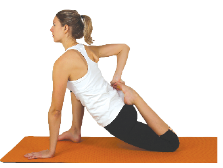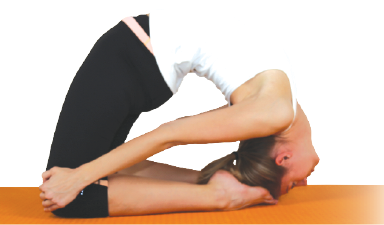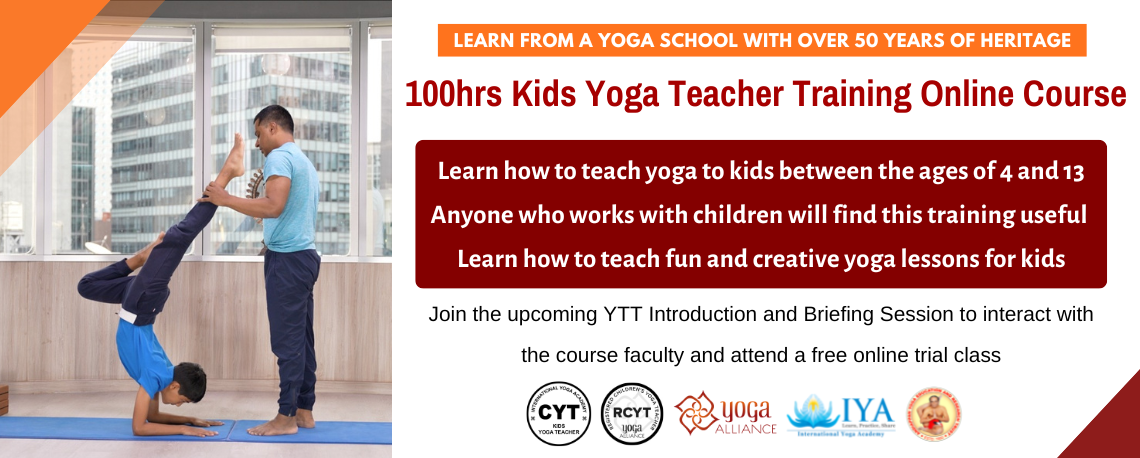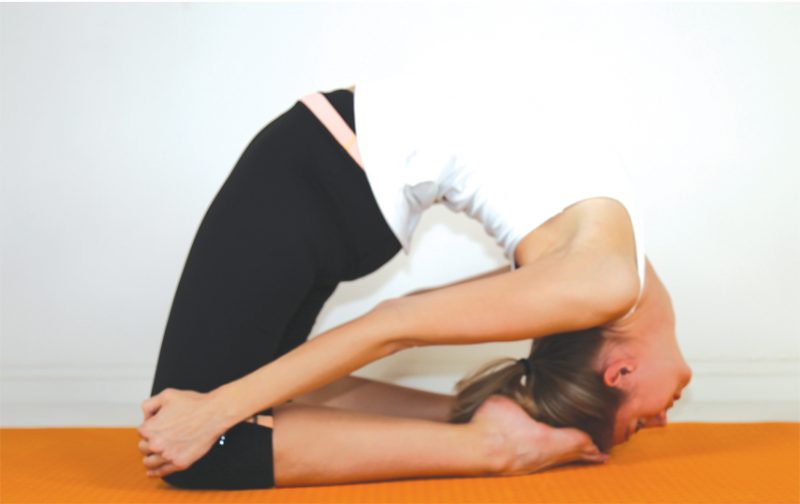The term Paripurna Ustrasana comes from the following Sanskrit terms – “Paripurna” meaning complete or full, and “ustra” meaning camel. This pose and the beginners’ option Ustrasana mimics the shape of a camel hump.
Chakra Awareness
Anahata Chakra / Heart
Practice Level
Intermediate
Degree of Difficulty (100 being most difficult)
70
Movement
Backward Bending
A spinal movement done with the extension of the spine, supported by different back muscles.
Hip Extension
A movement of the hip joint muscles, where the hip joint straightens by being pushed forward (i.e. the thigh or top of the pelvis is brought backward).
Challenges Faced During The Practice
Chest tightness
Back limitation
Lightheadedness
Chances of Injury
Neck and/or back compression
Knee pain
Contraindications
Existing back, knee or neck injury
High or low blood pressure
As the top of the head goes upside down, those with irregular blood pressure might feel lightheadedness or nausea while or after doing the pose.
Hyperkyphosis
Refers to an excessive curvature of the thoracic spine, commonly referred to as hunchback. As this is a backward bending pose, having a hunched back poses a difficulty in achieving the pose.
Major Muscled Involved
Erector Spinae
A muscle group found in the back, which extends the vertebral column in forward and backward bending. This muscle is responsible for returning the vertebral column to the erect position after motion.
Rectus Abdominis
It is responsible for the flexing of the lumbar spine and keeping the internal organs intact, therefore working with the Erector Spinae especially in backward bending movements.
Quadriceps
A large muscle group that includes the four prevailing muscles on the front of the thigh, which act as extensors of the knee joint.
Psoas
A long muscle located near the lower part of the vertebral column, the Psoas major is part of the hip flexors group that contributes to the flexion of the hip joint, and assists in the backward and forward bending movement.
Best Time to Practice
Afternoon or evening, when the body’s natural flexibility is present.
 Warm-up
Warm-up
anarasana / Lunge Quadriceps Stretch
1. Come into a lunge position, resting the left knee on the floor and right foot straight below the right knee. Place the left hand in line with the right foot.
2. Bend the left leg, rotate the right shoulder externally and hold on to the left foot from behind (i.e. fingers are pointing towards the front). Keep the gaze
forward, torso facing forward and extended.
3. Inhale and on exhale, bring the left heel closer to
the left hip. Hold the pose for a few deep breaths.
Slowly release the pose and repeat on the other side.
Benefit: Stretches the quadriceps muscles.
 Final Pose
Final Pose
Actively push the hips up to make the arch easier and when the stance is firm, extend the arms and hold both knees. Maintain small breaths in the pose.
For advanced practitioners, do three rounds of Kapalabhati pranayama / forceful exhalation with a short pause in between exhalations and inhalations.
…more
To read the full article please download our Asana Journal App or purchase Issue 149 May 2015.




















 Other
Other